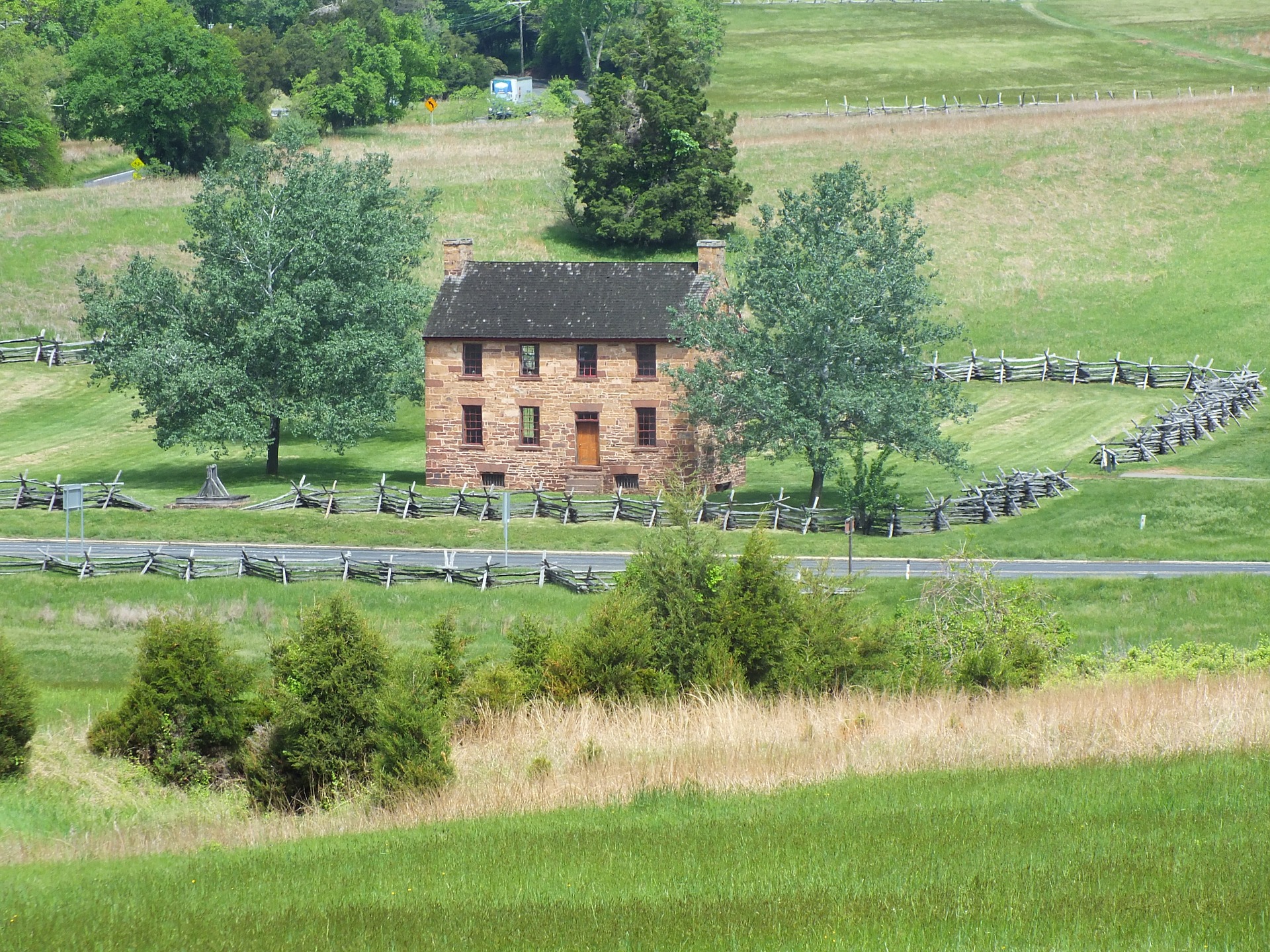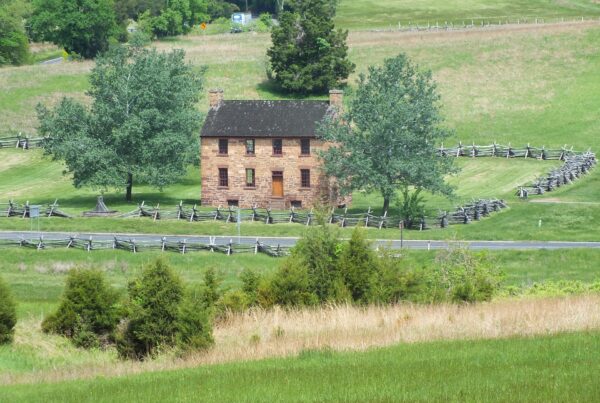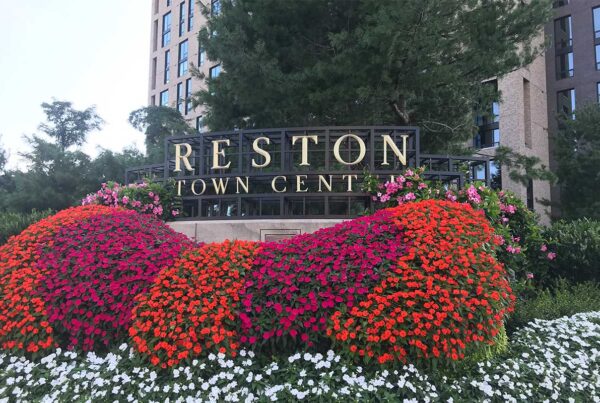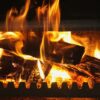Understanding Stage 3 Creosote Breakdown: A Comprehensive Guide for Manassas VA Residents
As winter approaches, many homeowners in Manassas, Virginia, start preparing their fireplaces for the cozy nights ahead. However, the fireplace isn’t merely about the crackling fire and the warmth it provides. It is crucial to ensure your chimney is clean and safe, and a significant part of this is understanding the dangers of creosote buildup, especially at the hazardous stage 3. A&T Chimney Sweeps, a renowned company providing fireplace, furnace, dryer vent, gutter cleaning, and repair services in Manassas VA, emphasizes the importance of regular chimney maintenance to prevent creosote buildup.
What is Creosote?
Creosote is a byproduct of wood combustion that condenses on the interior walls of your chimney. It is formed when smoke, water vapor, gases, unburned wood particles, tar fog, and other minerals exit the fireplace or wood stove at high temperatures and cool down on their way out of the chimney. Creosote is usually dark brown or black and has a tar-like, drippy appearance. It can be crusty and flaky, tar-like and sticky, or shiny and hardened depending on the stage of development.
The three stages of Creosote are:
1. First Stage Creosote: It is dusty and flaky with a higher ratio of soot. It is relatively easy to remove with a standard chimney brush.
2. Second Stage Creosote: It is shinier and has a puffy appearance. It occurs when the first stage creosote absorbs moisture, further complicating removal.
3. Third Stage Creosote: This is a highly concentrated fuel that looks like a coating of tar dripping down the flue. It is incredibly dangerous and requires professional removal.
Understanding Stage 3 Creosote
Stage 3 creosote, also known as glazed creosote, is the most dangerous form of creosote. It is a result of restricted air supply and slow-burning fires, which result in cooler smoke and thus more condensation. It appears shiny, hard, and tar-like, and is highly concentrated, making it highly flammable.
The formation of Stage 3 creosote indicates a buildup of creosote layers that have dried and hardened over time. It has a high combustion temperature, which means it can ignite swiftly, reaching up to 2000 degrees Fahrenheit, leading to a potential chimney fire. This buildup is difficult to remove and often requires the use of professional-grade chemicals or even the physical replacement of the flue liner.
Preventing and Treating Stage 3 Creosote
Preventing stage 3 creosote involves regular chimney inspections and cleanings, burning only seasoned hardwoods, providing adequate combustion air, and maintaining a proper flue temperature.
If your chimney has a stage 3 creosote buildup, it is highly recommended to use professional chimney sweeping services. The professionals at A&T Chimney Sweeps are well-equipped and trained to handle such dangerous situations.
Creosote removal is a multi-step process involving the application of a creosote remover, followed by mechanical removal with professional tools, and finally, a thorough cleaning of the chimney. It’s a job best left to professionals due to the high risk of fire and potential for damaging your chimney if not done correctly.
FAQs
Q: How often should I have my chimney cleaned?
A: The National Fire Protection Association Standard 211 recommends annual inspection and cleaning if necessary. However, if you frequently use your fireplace, more frequent cleanings may be required.
Q: Can I clean the chimney myself?
A: While it is possible to clean a chimney yourself, it is not advisable, especially in the case of stage 3 creosote. It requires professional-grade chemicals and equipment that only professionals, such as A&T Chimney Sweeps, have access to.
Q: What are the signs of a chimney fire?
A: Loud cracking and popping noises, dense smoke, an intense, hot smell, and a chimney that’s excessively hot to touch are warning signs of a chimney fire.
Q: Can I prevent creosote buildup?
A: Yes, by burning only dry, well-seasoned wood, maintaining a hot fire (as cooler fires lead to more creosote), and having regular chimney inspections and cleanings, you can minimize creosote buildup.
In conclusion, understanding and managing the risks associated with stage 3 creosote is crucial for ensuring a safe and warm winter for all Manassas, VA residents. Regular chimney maintenance is a small price to pay for the safety and peace of mind it provides. Remember, when in doubt about your chimney’s condition, it’s best to call in the professionals, such as A&T Chimney Sweeps, to ensure your home’s safety.








